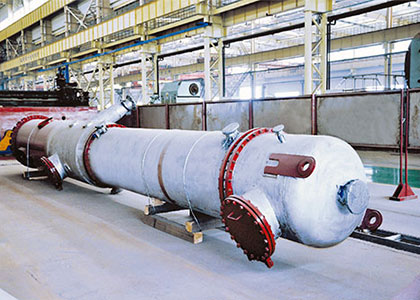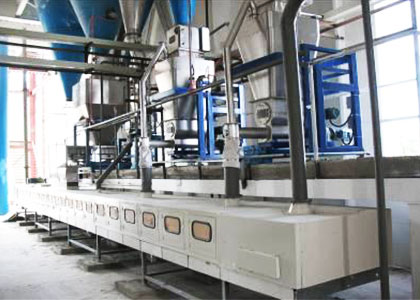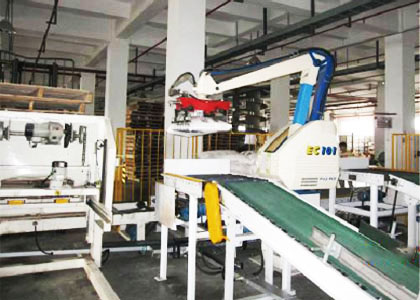How to Make Pulp?
When people talk about the problem of how to make pulp, the first thing to think about is chemical pulping. There is three main processes in the chemical pulping method, they are pulp cooking processing, pulp washing processing, and pulp bleaching processing. Pulp cooking processing is much important than the other two. We will talk about pulp cooking processing in alkaline pulping next.
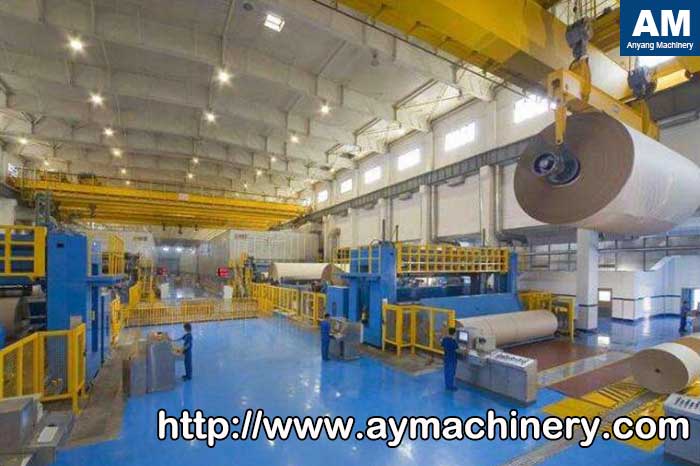
The Theory of Pulp Cooking Processing
The alkaline cooking theory is to discuss the physical changes, chemical changes and delignification process in alkaline cooking processing. On this basis, the factors influencing the cooking are discussed, and reasonable process conditions are put forward.
Physical changes in alkaline pulp cooking processing
In the alkaline pulp cooking processing, main physical changes occur. The alkali liquor contacts with material and penetrates into the bottom of raw material, and then lignin dissolute from cells and cell walls. The connection between the fibers gets weakened and separated from each other. In addition, in the high temperature of the alkali liquor, the cell wall swells, raw materials have changed into pulp.
The reaction of cellulose with alkali
Generally speaking, the cellulose in the alkali is relatively stable. However, when the lignin in the intercellular layer of the fiber has been removed and most of the hemi-cellulose is also dissolved, the cellulose will be degraded if the lignin in the cell wall continues to be removed, resulting in a decrease in the degree of polymerization of the cellulose and the pulp yield rate, and affecting physical strength of pulp. Therefore, in the late stage of the cooking, we shall strictly control the end. The effect of NAOH on cellulose has three main reactions: peeling reaction, termination reaction (i.e. stable reaction) and alkaline hydrolysis.
The reaction of hemi-cellulose with alkali
Similar to cellulose, hemi-cellulose in the alkaline cooking process will also set off peeling reaction, termination reaction and alkaline hydrolysis. Because the molecular chain of the hemi-cellulose is short with many branches and more amorphous structure, the hemi-cellulose is worse stable than the cellulose and more easily react with the alkali. By cooking, the amount and structure of hemi-cellulose in the pulp have a greater change.
The reaction of small amount of components with alkali
The raw material contains some small amount of components, such as grass ash, wood resin. They can react with the alkali. About 60% of grass ash is SiO2, and can react with NAOH and generate NA2SO3 that can get dissolved in black liquor. This cause the fouling phenomenon due to the alkali recovery and evaporation process and also impede the clarification of white liquor. Wood resin can react with alkali and generate saponifiable matters, which also affects the recovery of black liquor. Therefore, before the alkali recovery, black liquor must be treated for removing the silicon and saponifiable matters. In addition, the pigment, starch, pectin and others in raw materials can react with alkali, forming colored matters that can deepen the color of the pulp. It is difficult to bleach, so we must strengthen the washing operation.
The Reaction Process of Alkaline Cooking
The delignification and the reaction of carbohydrate with alkali are on as different speeds in different stages during the alkaline cooking process. The research on the cooking reaction process is to find out the variation principals of delignification and reaction of carbohydrate with alkali through experimental method and guide the selection of production process. For the production of high quality pulp, wood and grass are quite different in lignin content and structure, so the reaction processes are also different.
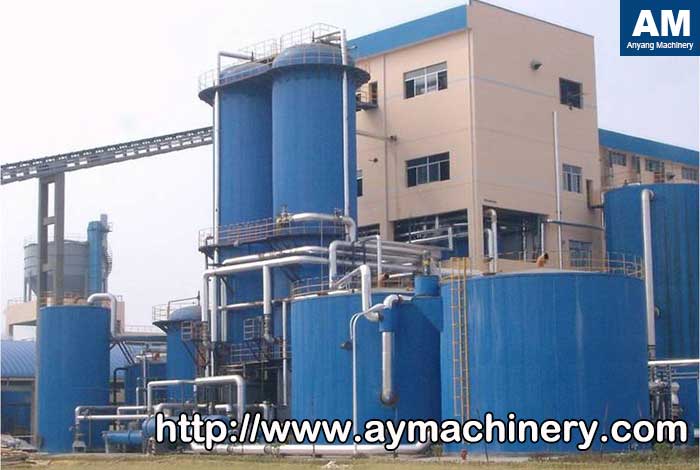
The reaction process of wood alkaline pulp cooking processing
Studies have shown that delignification in wood alkaline pulp cooking is divided into three stages:
-
A. The initial delignification stage
From the pulp cooking start to the temperature of 150℃, it is the initial delignification stage. The dissolution amount of lignin accounts for 26.6% of the total amount. the most is the soluble alkali lignin. -
B. The bulk delignification stage
From the temperature of 150℃ to 175℃, it is the bulk delignification stage. The lignin accounts for 63.5% of raw material. As reaching the temperature of 175℃, most of the lignin has dissolved out. The wood chips have become the pulp. -
C. The residual delignification stage
The holding period is the residual delignification stage, which begins from the temperature of 175℃. Within 100mins of holding time, the 8% lignin of raw material will dissolve out. The lignin gotten from the stage is named insoluble lignin.
The reaction process of grass alkaline pulp cooking
In recent years, China has carried out many studies on the reaction processes of sulphate and caustic soda cooking that takes reed, bagasse, wheat straw and other grasses as raw materials. Because the lignin content of grass materials is low, the content of hemi-cellulose is high and the structure is loose, it is easy to have the cooking reaction. The reaction process is different from wood or bamboo cooking reaction process. The sulphate cooking process of grass materials can be divided into the following stages, namely main delignification stage, addition delignification stage and residual delignification stage.
-
A. Main delignification stage
Before heating up to 100°C, the delignification rate is about 60% of the total lignin content, and the dissolution amount of alkali and carbohydrate is respectively 50% and 45%. The austic soda and anthraquinone cooking will be on at main delignification stage. The amount of delignification is 1-2% higher than that of the caustic soda cooking. The dissolution amount of carbohydrate is the same with that of caustic soda, while the alkali consumption is 1/5 less than them. -
B. Additional delignification stage
For the temperature up to 160℃, the delignification amount is 25% -30% of the total lignin content, while the alkali consumption is only 10%-15%. The dissolution amount of poly pentose is about 10%. The delignification speed is also significantly slowed down. -
C. Residual delignification stage
After the temperature up to 160℃, it is the holding time. At the stage, the delignification amount is only 5-10% of the total amount of lignin, while the alkali consumption is about 20% of the total alkali consumption. At the time, the alkali will continue to be consumed by lignin and carbohydrate dissolution. Main consumption occurs in the dissolution of lignin and carbohydrates for further decomposition.


